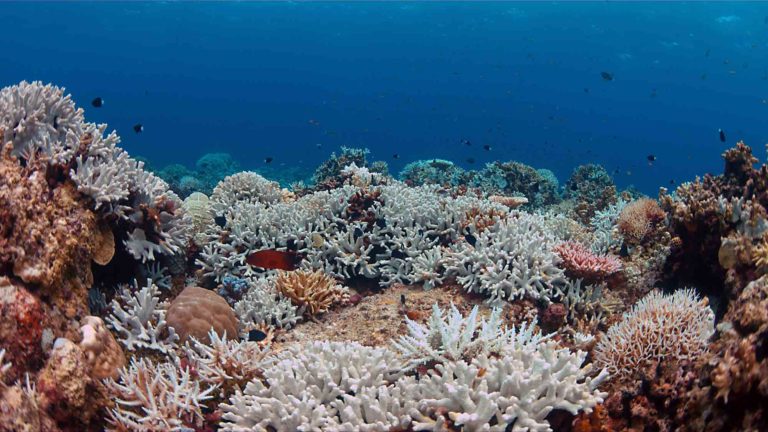Unwelcome news from US scientists is that excessively warm ocean temperatures driven by climate change have already become the “new normal“ over the past seven years.
A new study led by Monterey Bay Aquarium in California has established that more than half of the ocean surface has been exceeding a historical heat extreme threshold on a regular basis since 2014.
Ocean heat extremes increase the risk of marine ecosystems such as coral reefs, seagrass meadows and kelp forests collapsing. As their structure and function changes, their ability to provide life-sustaining services to human communities deteriorates.
These services include supporting healthy and sustainable fisheries, buffering low-lying coastal regions from extreme weather events, and serving as a carbon sink for excess carbon put into the atmosphere through human-generated greenhouse-gas emissions.
Wake-up call
The researchers went back 150 years to map sea-surface temperatures and establish a historical benchmark for ocean heat extremes. They then looked at how often and how much of the ocean surpassed this point.
The first year in which more than 50% of the ocean experienced heat extremes was 2014, and the trend then continued, extending to 57% of the ocean in the last year measured in the study, 2019. For comparison, using this benchmark only 2% of the ocean surface was experiencing extremely warm temperatures in the late 1800s.
“Climate change is not a future event,” said Dr Kyle Van Houtan, formerly chief scientist at Monterey Bay Aquarium and head of the research team. “Our research shows that for the past seven years more than half of the ocean has experienced extreme heat.”
“These dramatic changes we’ve recorded in the ocean are yet another piece of evidence that should be a wake-up call to act on climate change. We are experiencing it now – and it is speeding up.”
The study grew out of separate research into Californian kelp forest changes that revealed that sea surface heat extremes were key stressors for canopy kelps and needed to be quantified and mapped as far back in time as 1870.
The researchers then expanded their investigation beyond the Pacific state. “Today, the majority of the ocean’s surface has warmed to temperatures that only a century ago occurred as rare, once-in-50-year extreme warming events,” said Van Houtan. The study is published in PLOS Climate.

